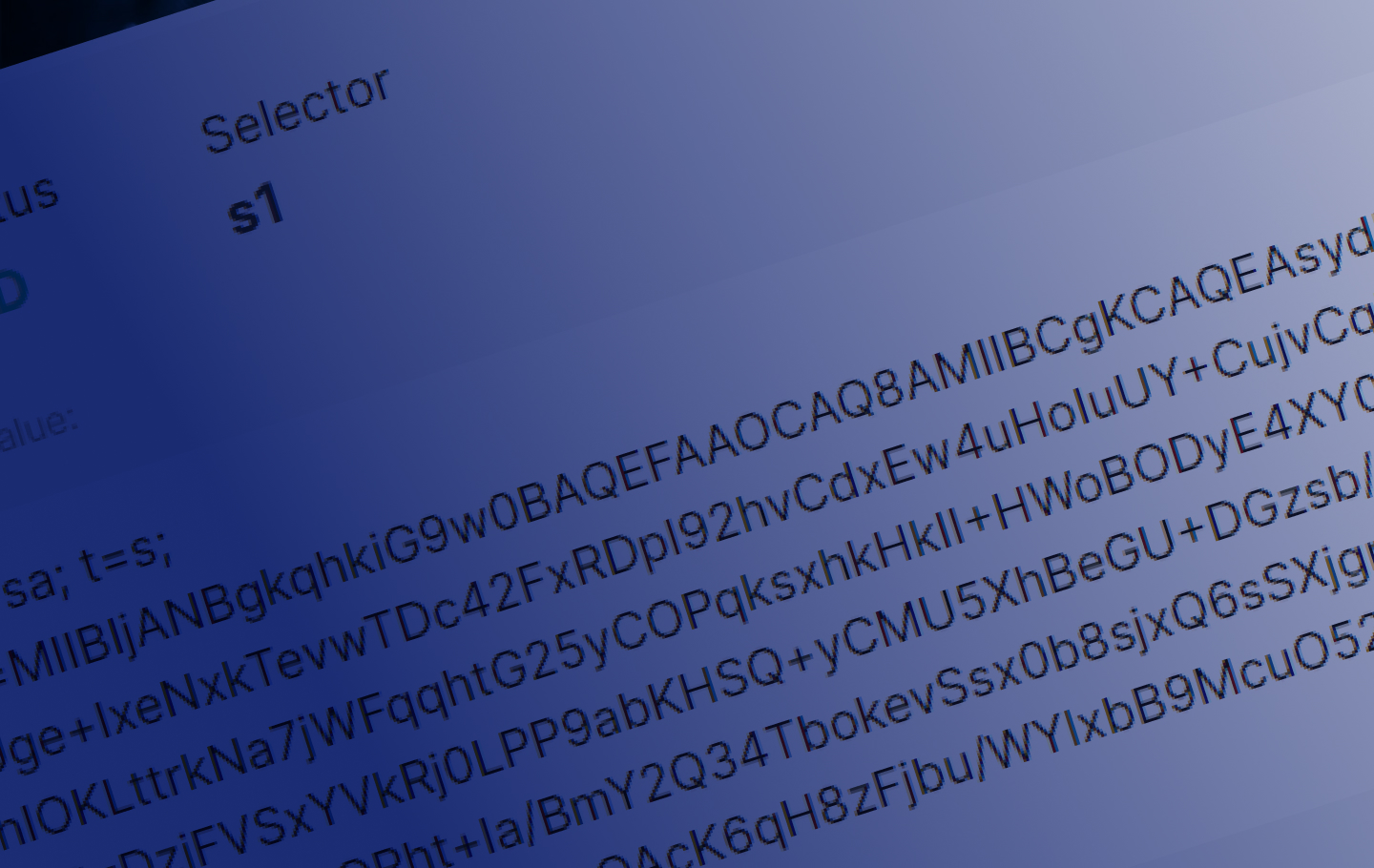In the ever-evolving landscape of email security and marketing, businesses constantly seek innovative solutions to enhance trust and engagement with their customers. One such innovation is BIMI (Brand Indicators for Message Identification). BIMI not only helps in bolstering email security but also significantly improves brand visibility. This blog post will explore what BIMI is, how it works, and why it’s becoming an essential tool for businesses.
What is BIMI?
Brand Indicators for Message Identification (BIMI) is an emerging email specification that enables organizations to display their brand logos alongside authenticated emails in the recipient’s inbox. By showing a verified brand logo, BIMI helps recipients quickly identify legitimate emails from trusted brands, thereby reducing the risk of email spoofing and phishing attacks.
How Does BIMI Work?
BIMI works in conjunction with existing email authentication protocols like SPF (Sender Policy Framework), DKIM (DomainKeys Identified Mail), and DMARC (Domain-based Message Authentication, Reporting & Conformance). Here’s a step-by-step overview of the BIMI process:
- Email Authentication Setup: Ensure your domain is protected with SPF, DKIM, and DMARC. BIMI requires that your domain has a DMARC policy of quarantine or reject to function effectively.
- Create and Publish BIMI Record: Create a BIMI record in the DNS for your domain. This record includes the URL of your brand logo in SVG format.
- Logo Validation: Obtain a Verified Mark Certificate (VMC) to validate your brand logo. This certificate, issued by a trusted certificate authority, attests to the authenticity of your logo.
- Email Sending and Verification: When an email is sent from your domain, receiving mail servers perform the usual SPF, DKIM, and DMARC checks. If the email passes these checks and the BIMI record is present, the recipient’s email client displays the brand logo next to the email.
- Brand Display: The recipient sees your brand logo in their inbox, enhancing brand recognition and trust.
The Structure of a BIMI Record
A BIMI record is a type of DNS TXT record that specifies the location of your brand logo. Here’s an example of what a BIMI record might look like:
default._bimi.example.com IN TXT "v=BIMI1; l=https://example.com/logo.svg; a=https://example.com/vmc.pem"v=BIMI1: Specifies the BIMI version.
l=https://example.com/logo.svg: The URL of the SVG format brand logo.
a=https://example.com/vmc.pem: The URL of the Verified Mark Certificate (optional but recommended for enhanced trust).
Why is BIMI Important?
- Enhances Brand Visibility: By displaying your brand logo in the recipient’s inbox, BIMI increases brand recognition and helps your emails stand out.
- Builds Trust and Credibility: A verified brand logo reassures recipients that the email is legitimate, fostering trust and reducing the likelihood of phishing attacks.
- Improves Email Engagement: Emails with recognizable brand logos are more likely to be opened and engaged with, boosting your email marketing efforts.
- Supports Email Security: BIMI works in tandem with SPF, DKIM, and DMARC, reinforcing your email security posture and protecting against spoofing and phishing.
Implementing BIMI: Best Practices
- Ensure Strong Email Authentication: Before implementing BIMI, make sure your SPF, DKIM, and DMARC records are correctly configured and your DMARC policy is set to quarantine or reject.
- Create a High-Quality SVG Logo: Use a clear, high-resolution SVG version of your logo to ensure it displays well in email clients.
- Obtain a Verified Mark Certificate: While not mandatory, obtaining a VMC adds an extra layer of trust to your BIMI implementation.
- Regularly Monitor and Update: Regularly check your BIMI setup and update your DNS records and logo as needed to maintain effective brand representation.
Conclusion
BIMI represents a significant advancement in email security and marketing, offering a unique blend of brand visibility and enhanced trust. By implementing BIMI, businesses can not only protect their domains from email-based threats but also create a visually engaging and recognizable presence in their customers’ inboxes. As email continues to be a critical channel for communication, embracing BIMI can provide a competitive edge and foster stronger relationships with your audience. Start your BIMI journey today and take a proactive step towards a more secure and impactful email strategy.




This Post Has 0 Comments